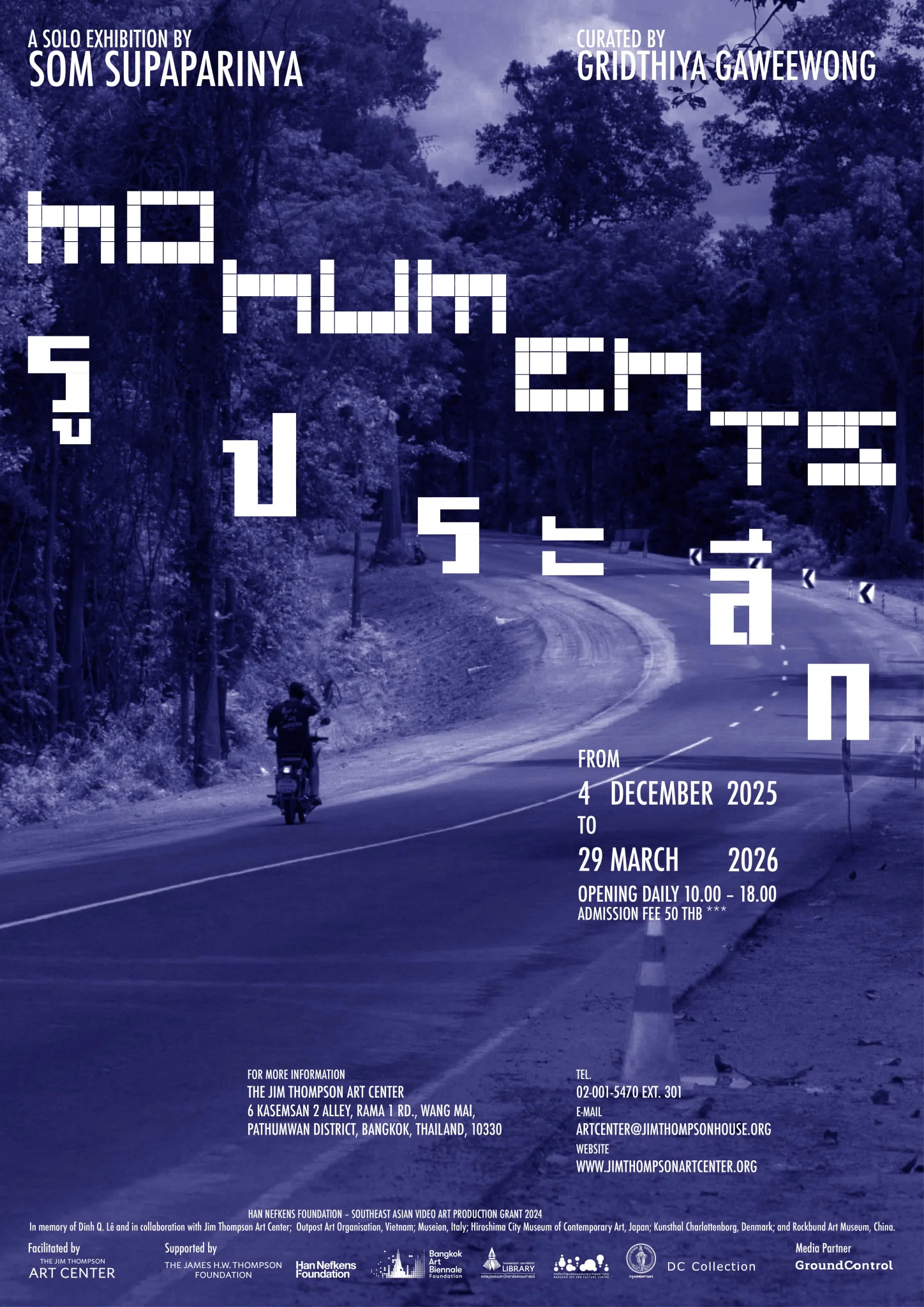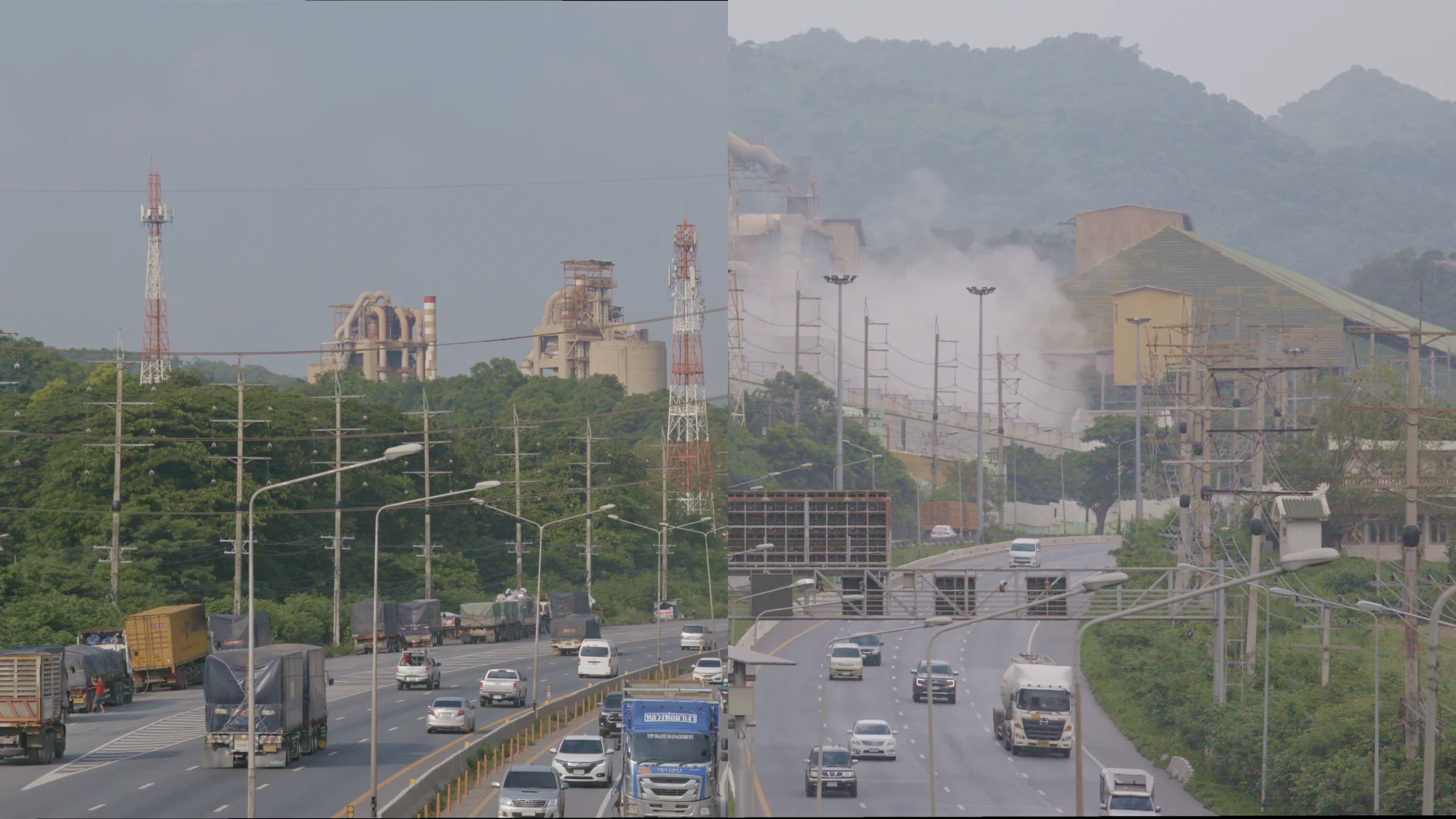
Exhibitions / Gallery 1 & 2, 3rd Floor
EN THMo num en ts
Jim Thompson Art Center proudly presents MO NUM EN TS, a solo exhibition by Chiang Mai-based artist Som Supaparinya, curated by Gridthiya Gaweewong. This exhibition is presented as part of the Han Nefkens Foundation – Southeast Asian Video Art Production Grant 2024 In memory of Dinh Q. Lê, and in collaboration with Jim Thompson Art Center; Outpost Art Organisation, Vietnam; Museion, Italy; Hiroshima City Museum of Contemporary Art, Japan; Kunsthal Charlottenborg, Denmark; and Rockbund Art Museum, China.
Continuing her long-term research-based artistic practice into the entanglements between history, the environment, and political ideology, Som Supaparinya’s new body of work investigates how the destruction of nature is not merely a byproduct of “progress” but a direct consequence of ideological and discursive forces. These include propaganda disseminated by both the Free World and the Communist bloc, each seeking to legitimize large-scale development projects across the region.
In her newly commissioned video work, MO NUM EN TS (2025), Supaparinya examines the cultural dimensions of Cold War propaganda through media materials produced by the United States Information Service (USIS). Juxtaposing these archival images and sounds with contemporary landscapes in Thailand, the artist evokes what she calls a “post-propaganda era” inviting viewers to reflect on how Cold War ideologies persist within everyday life. Central to the work is the question of “symbols of progress” such as the Bhumibol and Pak Mun Dams—structures that, despite their environmental costs and inefficiency in power production, continue to stand as monuments to the ideology of development.
This new commission will be shown alongside a reworked version of her earlier installation, Paradise of the Blind (2016/2025), part of her ongoing Banned Book Project, which addresses censorship across Asia and Oceania. By presenting both banned and “non-banned” books together, Supaparinya exposes how mechanisms of control operate not only through prohibition but also through selective permission, revealing how power shapes knowledge and public understanding under the guise of freedom.
Together, these works create a space for audiences to reflect on the layers of power, knowledge, and invisibility within history, particularly the ways in which ideology, memory, and the landscape of nature intertwine and continue to echo in the present.
Mo num en ts, 2025
Video Installation: 4-channel video synchronization, color, 5.1 audio system, and photographs.
Dimension variable
Production supported by Han Nefkens Foundation – Southeast Asian Video Art Production Grant 2024, in collaboration with the Outpost Art Organisation, Vietnam; the Jim Thompson Art Center, Thailand; Museion, Italy; Hiroshima City Museum of Contemporary Art, Japan; Kunsthal Charlottenborg, Denmark and Rockbund Art Museum, China
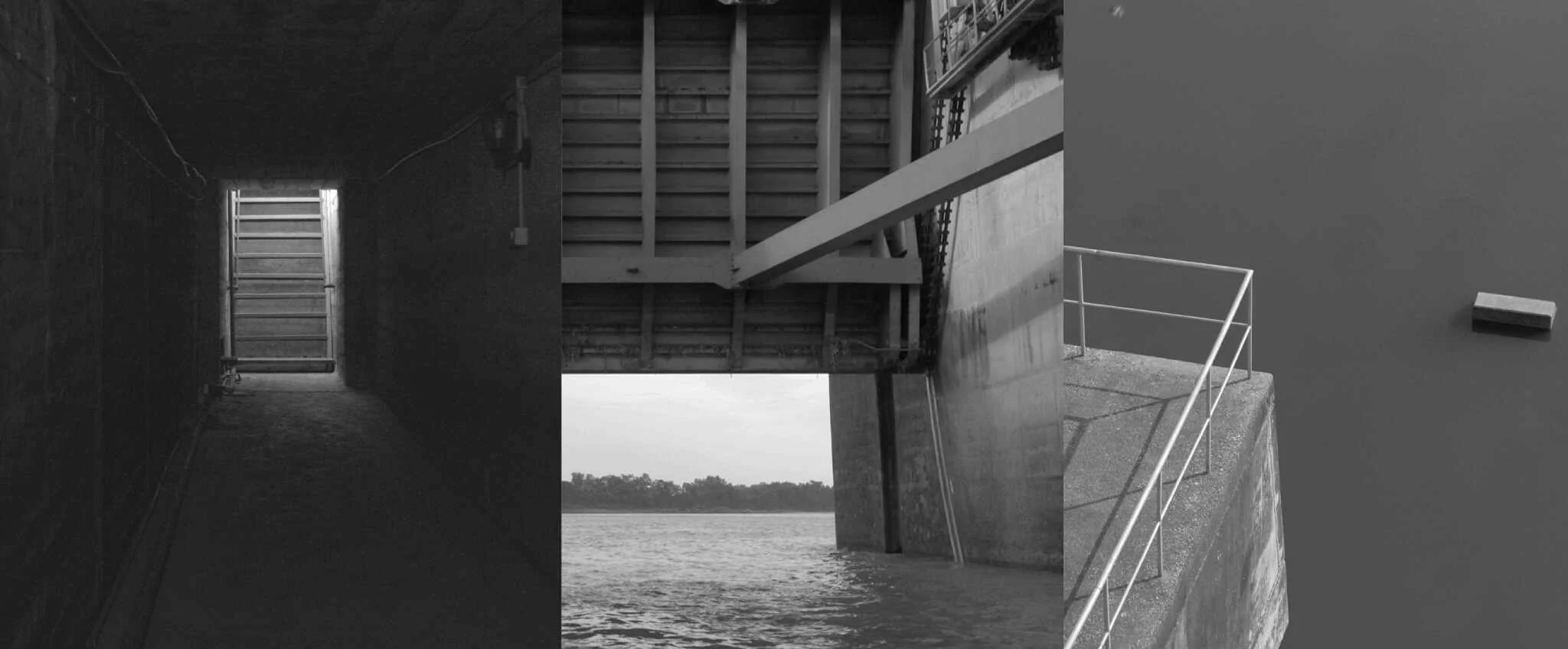
Still from Mo num en ts video, Courtesy of the artist.
The work focuses on how American and Thai propaganda reshaped landscapes and natural resources, not only on the surface but deep within systems of land and people management. Development was promoted as a path toward modernization and well-being, aligning Thailand with the “Free World.” It was celebrated through global achievements and cultural symbols, from Miss Universe titles and rice export rankings to monumental dams such as Bhumibol, the global fame of Thai silk (Jim Thompson), and the hybridization of Northeastern Thai music (Molam) influenced by American pop culture.
One of the most advanced technologies imported during the Cold War was not only weaponry but also media – radio and television. The U.S. Information Service (USIS) produced an abundance of media materials in Thailand, including films, magazines, and books, to promote narratives of progress and the Free World’s vision of modernization. These materials portrayed infrastructure, education, and healthcare as signs of advancement, urging Thailand and its allies to emulate American ideals.
In Mo num en ts, Supaparinya juxtaposes these historical media artifacts with the current socio-political landscape of Thailand – what she calls the “post-propaganda era.” By doing so, she examines how the legacies of Cold War ideologies continue to inform governmental discourse and how symbols of “national pride” were, in fact, shaped by foreign influence and the logic of war-time diplomacy.
Her research led her to question why major dams such as Pak Mun and Bhumibol remain preserved despite minimal electricity production and severe ecological damage. While obsolete dams in the U.S. have been dismantled, in Thailand they endure as monuments of ideology, protected not for their utility but for their symbolic status as milestones of development and untouchable state narratives.
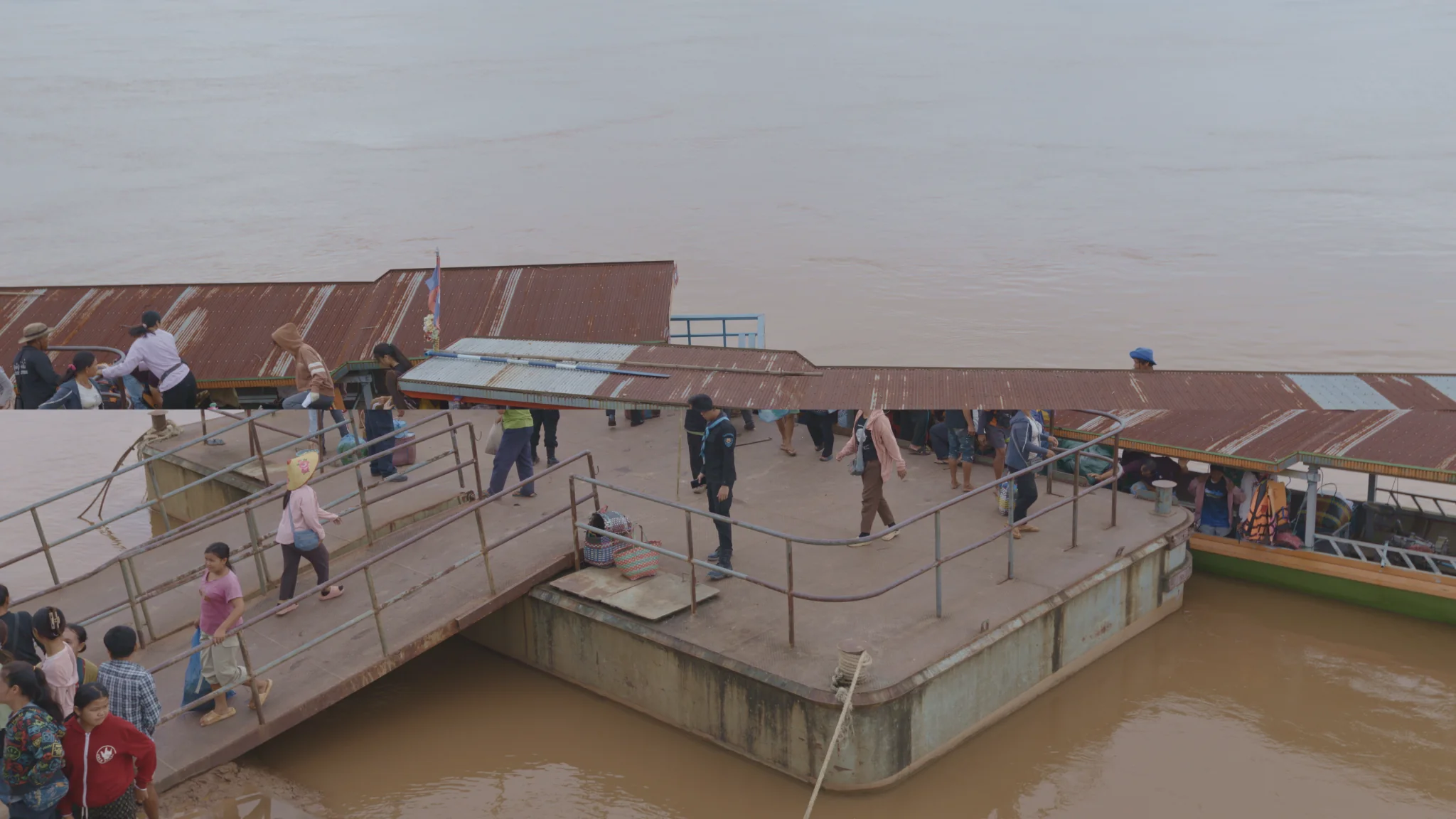
Still from Mo num en ts video, Courtesy of the artist.
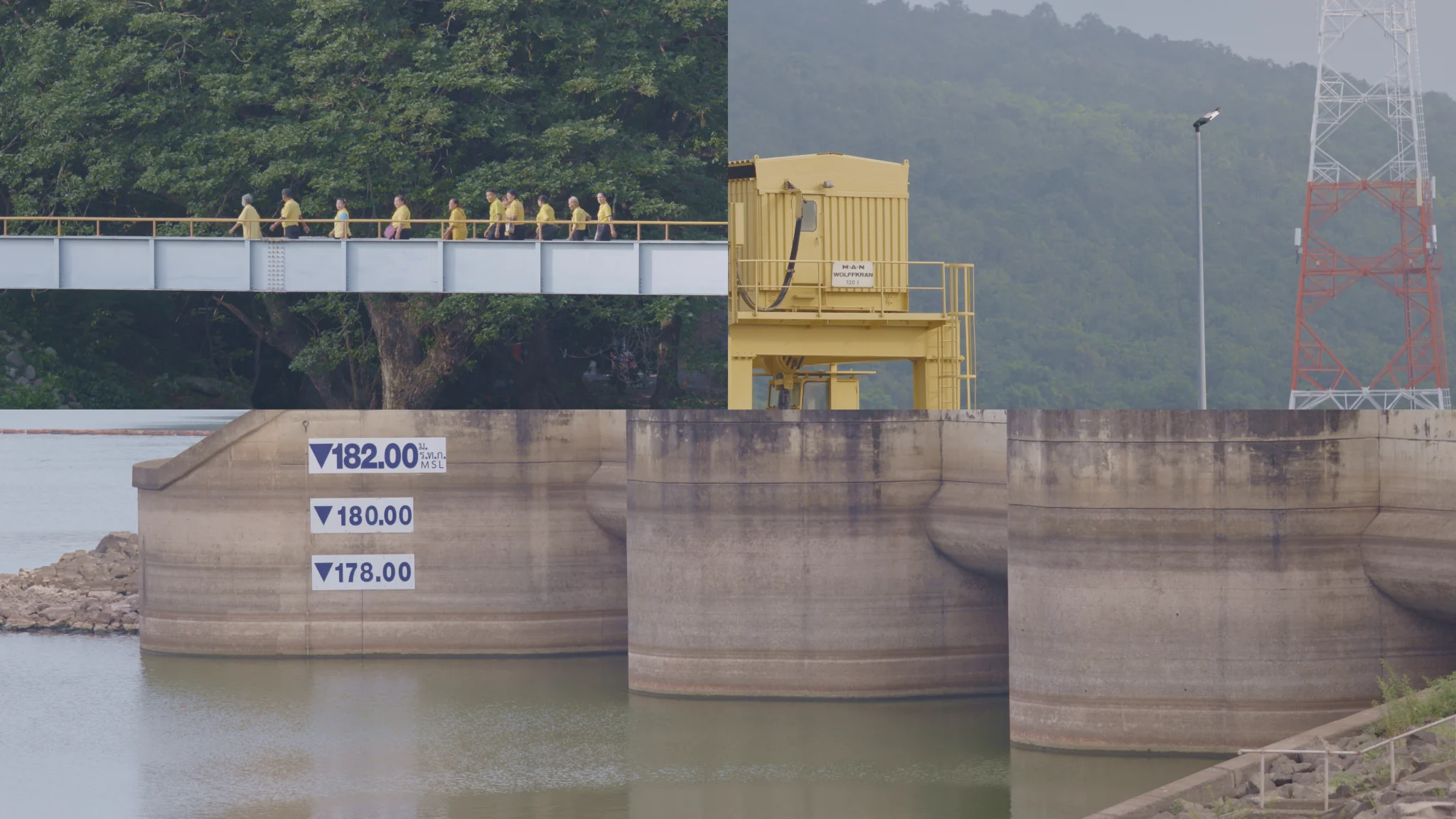
Still from Mo num en ts video, Courtesy of the artist.
Paradise of the Blind, 2016/2025
Installation: 360 bullet shells size 5.56 x 45 mm, copper wires No. 38, Banned/restricted books and propaganda books and magazines produced by the United States Information Service (USIS), a paper shredder, Strip-cut photocopy paper shreds (Greenleaf and white papers),
Dimension variable
Collection of MAIIAM Contemporary Art Museum, Chiang Mai, Thailand
The edition in 2016 was commissioned by The Reading Room, Bangkok, 2016. Supported by the Heinrich Boell Foundation, Southeast Asia.
The revision edition in 2025 was supported by James H.W. Thompson Foundation and the Jim Thompson Art Center
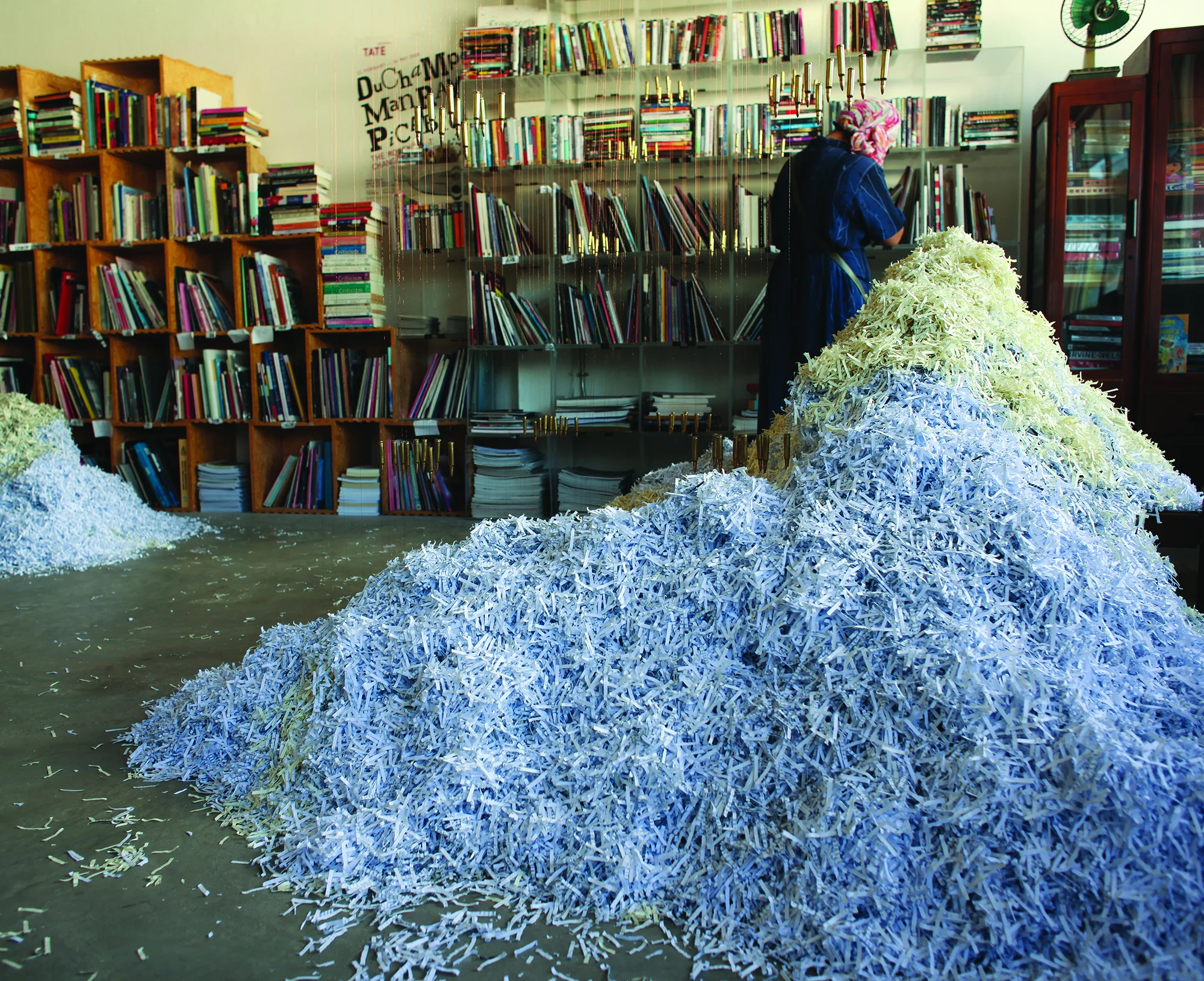
Installation view at The Reading Room, 2016. Courtesy of the artists.
Named after the banned Vietnamese novel Paradise of the Blind, this part of the exhibition expands Supaparinya’s ongoing Banned Book Series. In this revised 2025 version, she presents both banned and unbanned books to reveal the ideological double standards of censorship.
In this new iteration, she includes banned books from Asia and Oceania alongside first editions and publications once prohibited in Thailand during the Cold War, when communist ideology was suppressed. She contrasts them with state-approved media, such as Seriphap (เสรีภาพ) magazine, which celebrated the Free World and the alliance with the United States.
Supaparinya notes that while her earlier works examined banned books, this is the first time she presents “unbanned” ones, to demonstrate that censorship operates not only through prohibition but also through selective permission. These unbanned materials, often seen as benign, played a crucial role in normalizing ideological narratives under the guise of freedom.
Han Nefkens Foundation – Southeast Asian Video Art Production Grant
aims to be a tool for increasing contemporary artistic production in the video art field and is directed at artists living in Southeast Asia. The Grant involves the production of a video art work. Any type of film or documentary or performance documentation that does not belong to this artistic discipline is excluded. In order to consolidate the candidates’ career, the Grant appraises artists living in that region who have established a solid trajectory but have not been given a major opportunity to exhibit extensively worldwide. The initial selection of artists formally presented to the jury was put together by ten internationally recognised art critics, curators and artists who were in turn nominated by the partner institutions of the grant. The scouting process itself expands the selected artist’s network of contacts and discovers lesser-known video art works and thus, in itself, also promotes this discipline.
The Han Nefkens Foundation is a private, non-profit organization set up in Barcelona in 2009 by Dutch writer and patron, Han Nefkens. It focuses on the production of video art, with the aim of connecting people through art across the world, collaborating with renowned international art institutions. The Foundation's founding values have defined it from the beginning as an innovative and forward-thinking model: a production hub that oversees and promotes contemporary creation from the very first moments until the final presentation. Positioned as a platform for video artists to advance their careers, its main activity is to commission new works through its awards and grants on an international level. The unique way in which the foundation operates allows for artists not only to produce new work but also to have that work shown at numerous art institutions world-wide.
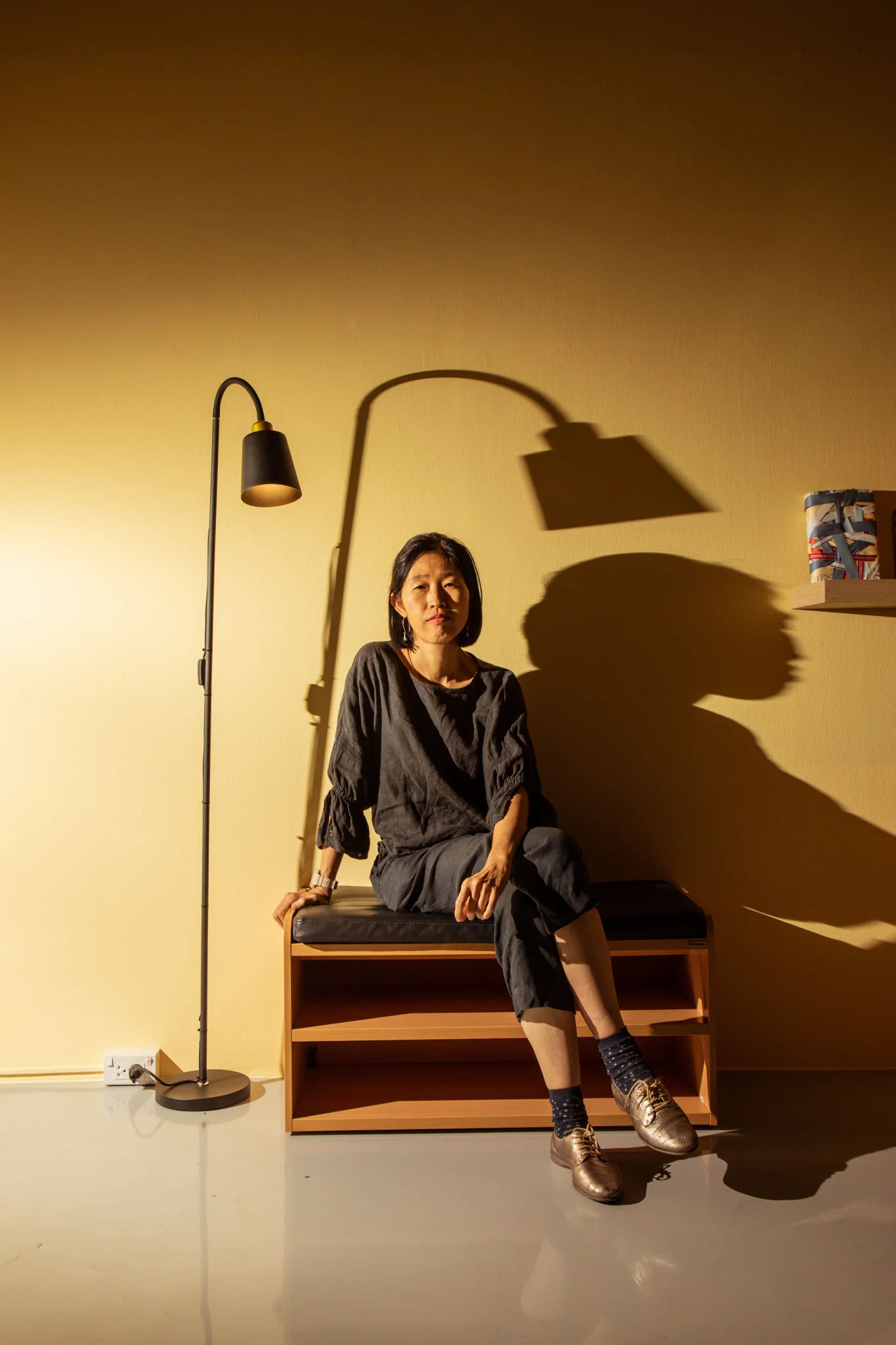
Som Supaparinya
Chaingmai / Thailand
Artist
Raised in Lamphun, lives and works in Chiang Mai, Thailand. Studied Fine Arts at Chiang Mai University. After graduation, she went to study Media Arts at Hochschule für Grafik und Buchkunst Leipzig, Germany. She is a pioneer in multichannel (4-ch in 1995) and synchronization video installation (2012) in her region. She created her first video and sound arts in 1995 with cassette recorders, Handycam Video 8, and VHS cameras. However, her works encompass a wide variety of mediums such as installation, created and found objects, still and moving images, which have been produced mainly with a documentarian and experimentarian approach. The works focus on the impact of human activities on other humans and landscape through political, historical, and literary lenses. The changing landscape (by various means) motivated her practice. Her works are stories on noodle cultures, the change of riverscapes, cityscapes, routes, electricity generation, resistance sites, wars, and banned books.
International art festivals and biennials; Koganecho Bazzar 2011 (Yokohama, 2011), Yebisu International Festival for Art & Alternative Visions (Japan, 2012, 2018), EVA International [Ireland’s Biennial] (Limerick City, Ireland, 2018), 12th Gwangju Biennale (Gwangju, South Korea, 2018) Cairo Biennale 13 (Cairo, Egypt, 2018), Biennale Jogja Equator #5, (Yogyakarta, Indonesia, 2019), Thailand Biennale (Korat, Thailand, 2021-2022), 10th Asia Pacific Triennial, (Queensland Art Gallery & Gallery of Modern Art (QAGOMA), Brisbane, Australia, 2021-2022), Documenta 15 (Kassel, Germany, 2022), reconnecting.earth (02-03) (Biennale de l’Art et de la Nature Urbaine) – Beyond Water (Genève, Switzerland, 2023, and Stadtgalerie Kiel, Germany (2024), Bangkok Art Biennale: Nurture Gaia, (Bangkok, Thailand 2024-2025).
Recent exhibitions: Collapsing Clouds Form Stars, a Mini Retrospective of Work by Som Supaparinya (Ver Gallery, Bangkok, 2025). The Shattered Worlds: Micro Narratives from the Ho Chi Minh Trail to the Great Steppe (BACC, Bangkok, April-July 2025), The River They Don’t See (Kestner Gesellschaft, April-Nov, 2025), and Sea Art Festival (Busan, Korea, 2025).
Upcoming shows: Melted Stars (DAAD Gallerie, Germany, 2026). She is the winner of the Han Nefkens Foundation – Southeast Asian Video Art Production Grant 2024, which commissioned her new work, followed by exhibitions at Outpost, Vietnam; the Jim Thompson Art Center, Thailand; Museion, Italy; Hiroshima City Museum of Contemporary Art, Japan; Kunsthal Charlottenborg, Denmark and Rockbund Art Museum, China.
Photo Credit: Mc Suppha-riksh Phattrasitthichoke
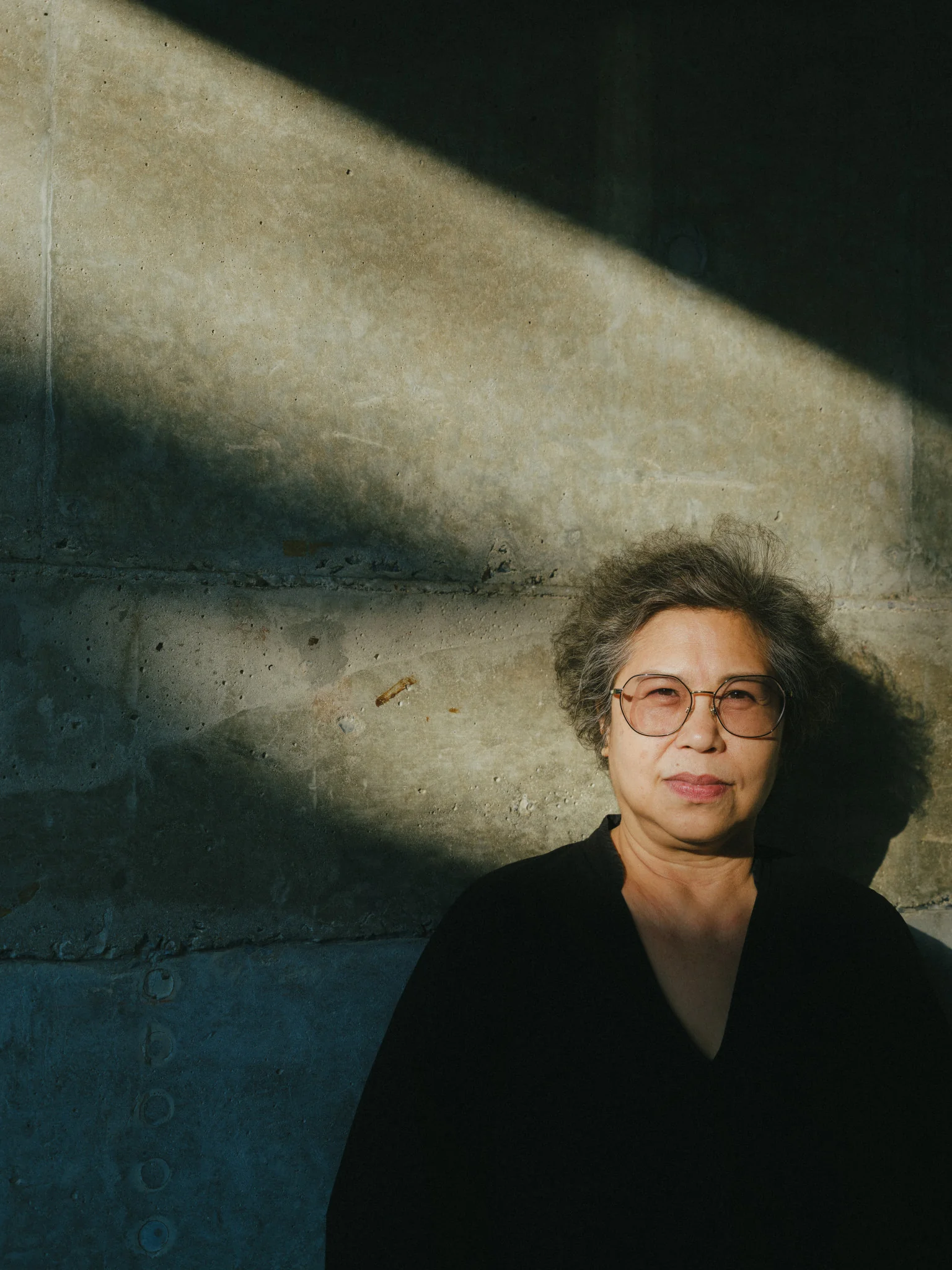
Gridthiya Gaweewong
Thailand
curator
holds a Master of Arts in Art Administration and Policy from the School of the Art Institute of Chicago and a Doctorate in Fine and Applied Arts from Chulalongkorn University. She co-founded Project 304, an alternative art space in Bangkok, from 1996 to 2002, and has curated numerous exhibitions addressing social transformation since the Cold War. Notable projects include "Under Construction" at Tokyo Opera City Gallery and "Politics of Fun" in Berlin, collaborating with various regional curators.
Gridthiya curated Apichatpong Weerasethakul's "The Serenity of Madness," which toured internationally, and participated in the 12th Gwangju Biennale's curatorial team in 2018. In 2023, she co-directed the "Open World" international exhibition, at the 3rd Thailand Biennale. Her recently projects including, “I understand everything,” a retrospective of Almagul Menlibayaeva, Almaty Museum of Art, Almaty, Kazakhstan and “Living with Elastic Time”, Invited Country Pavilion, Cheongju Craft Biennale, South Korea in 2025.
A 2018 fellow at the Center for Curatorial Leadership at MoMA, she has served on the acquisition committee for the Singapore Art Museum since 2020. Gridthiya received the Chevalier de l’Ordre des Arts et des Lettres in 2023 and the Audrey Irmas Award for Curatorial Excellence in 2025, and she currently works as the Artistic Director of the Jim Thompson Art Center, Bangkok.
Facilitated by

Supported by







Media partner

